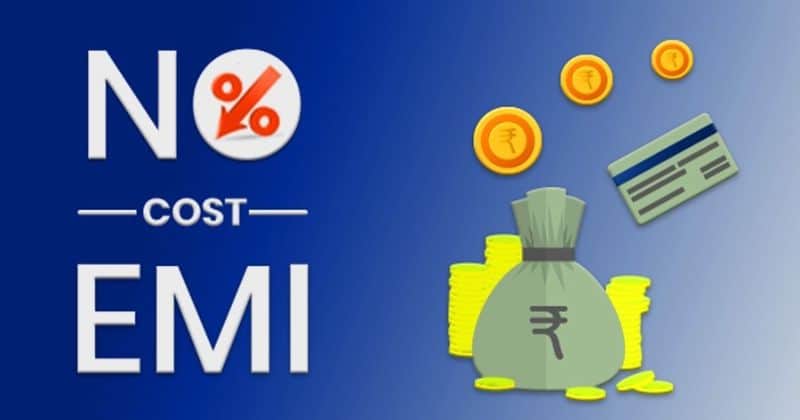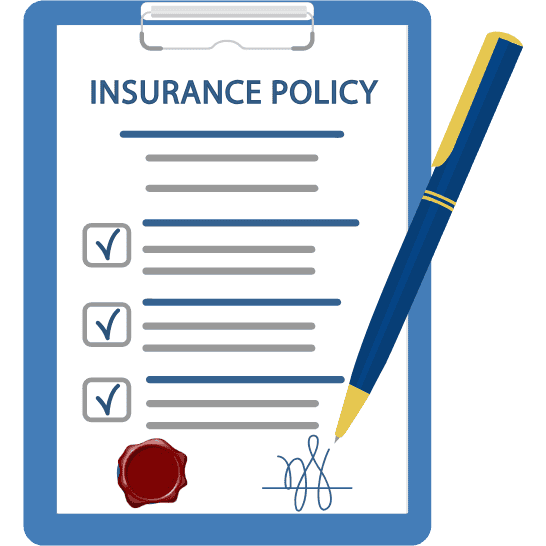Does No Cost EMI Have Hidden Charges?

In today's consumer-driven world, affordability plays a crucial role in purchasing decisions. One of the most attractive financing options that have gained immense popularity is the "No-Cost EMI." At first glance, it appears to be a lucrative deal, allowing customers to split their payments without any additional interest. However, as with most financial products, it is essential to understand the fine print to determine whether it truly benefits the consumer or comes with hidden charges. A No-Cost EMI (Equated Monthly Installment) is a payment option where buyers can convert their purchases into monthly installments without incurring additional interest. Typically, EMI schemes involve an interest component, but in the case of No-Cost EMI, the interest amount is adjusted in other ways, making it appear as though the customer is not paying any extra charges. This facility is commonly offered on high-value purchases such as electronics, appliances, furniture, and even travel bookings. Many financial institutions, online marketplaces, and retailers promote No-Cost EMI as a way to make expensive products more accessible to customers without increasing their financial burden. No-Cost EMI is not as straightforward as it sounds. Since lenders and banks do not provide loans for free, the cost of interest must be recovered through alternative means. Here are the primary ways it is structured: - The retailer or brand offers a discount equivalent to the interest amount charged by the bank or financial institution. - Some financial institutions charge a processing fee, which can range from 1% to 5% of the transaction amount. - In some cases, the product is sold at its maximum retail price (MRP), whereas customers opting for upfront payments might get additional discounts. While No-Cost EMI appears to be a zero-interest scheme, consumers should be wary of the following hidden costs: Some lenders charge a non-refundable processing fee at the time of converting the transaction into EMI. This charge, though seemingly small, can add up, making the deal less attractive. If you plan to repay your EMI ahead of schedule, the bank or lender may impose foreclosure charges. This fee can be a percentage of the outstanding amount, leading to additional expenses. Even if the interest is waived off, Goods and Services Tax (GST) is often levied on the interest amount, which can subtly increase the overall cost. Retailers may not offer special discounts on products purchased via No-Cost EMI, meaning you might end up paying a higher price compared to those making a one-time payment. Opting for an EMI facility increases your credit utilization ratio, which might impact your credit score. Additionally, if you default on EMI payments, it could negatively affect your creditworthiness. To make the most of No-Cost EMI schemes without falling into financial traps, follow these essential tips: Always review the fine print before opting for a No-Cost EMI. Pay attention to processing fees, pre-closure charges, and GST implications. Check if the same product is available at a lower price elsewhere without the No-Cost EMI facility. Sometimes, paying the full amount upfront is a better deal. Choose a reputed bank or lender with transparent terms to avoid unexpected fees. Just because No-Cost EMI is available does not mean you should buy something you do not need. Stick to necessary purchases to maintain financial discipline. Missing EMI payments can result in heavy penalties and impact your credit score. Set up auto-payments or reminders to ensure timely payments. No-Cost EMI is a smart marketing tool that benefits both retailers and financial institutions by increasing sales and credit usage. However, it is not entirely "free" as there are indirect costs involved. Whether it is worth opting for depends on the deal you are getting, the product price, and the hidden charges associated with the scheme. To truly make an informed decision, consumers must assess whether the overall cost of purchasing via No-Cost EMI is lower than the actual product price available through direct payment methods. By being aware and vigilant, one can take advantage of No-Cost EMI without falling into hidden-cost traps. Would you opt for a No-Cost EMI now that you know the reality? Make sure to analyze your options carefully before making a purchase!Understanding No-Cost EMI
The Mechanism Behind No-Cost EMI
1. Discount Adjustments
- This discount is applied upfront, reducing the loan amount, making it appear as if the EMI does not carry interest.2. Processing Fees and Additional Charges
- Late payment fees are often substantial, negating any benefit gained from the No-Cost EMI scheme.3. Bundled Costs and MRP Inflation
- Effectively, the cost of interest is embedded in the product price, meaning you are indirectly paying for it.Are There Hidden Charges?
1. Processing Fees
2. Pre-Closure and Foreclosure Charges
3. GST on Interest Component
4. Loss of Upfront Discounts
5. Higher Credit Utilization and Impact on Credit Score
How to Avoid Unwanted Charges on No-Cost EMI
1. Read the Terms and Conditions Carefully
2. Compare Prices Before Buying
3. Opt for a Trusted Financial Institution
4. Avoid Unnecessary Purchases
5. Ensure Timely Payments
Final Verdict: Is No-Cost EMI Truly Free?

